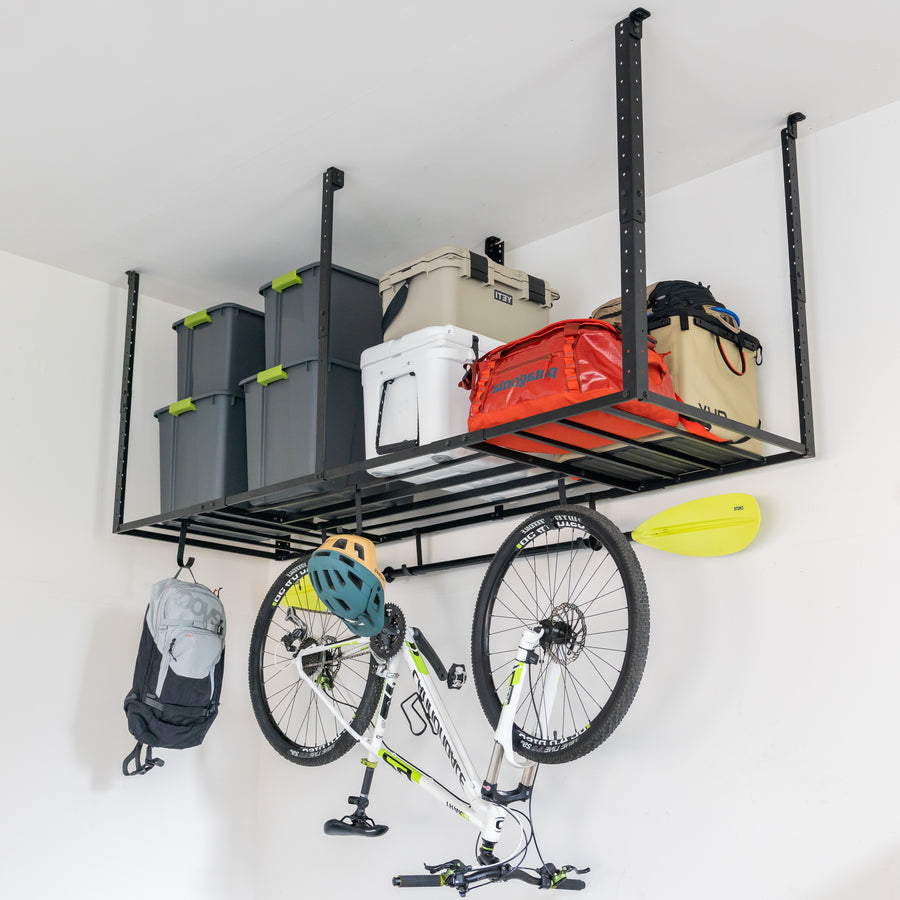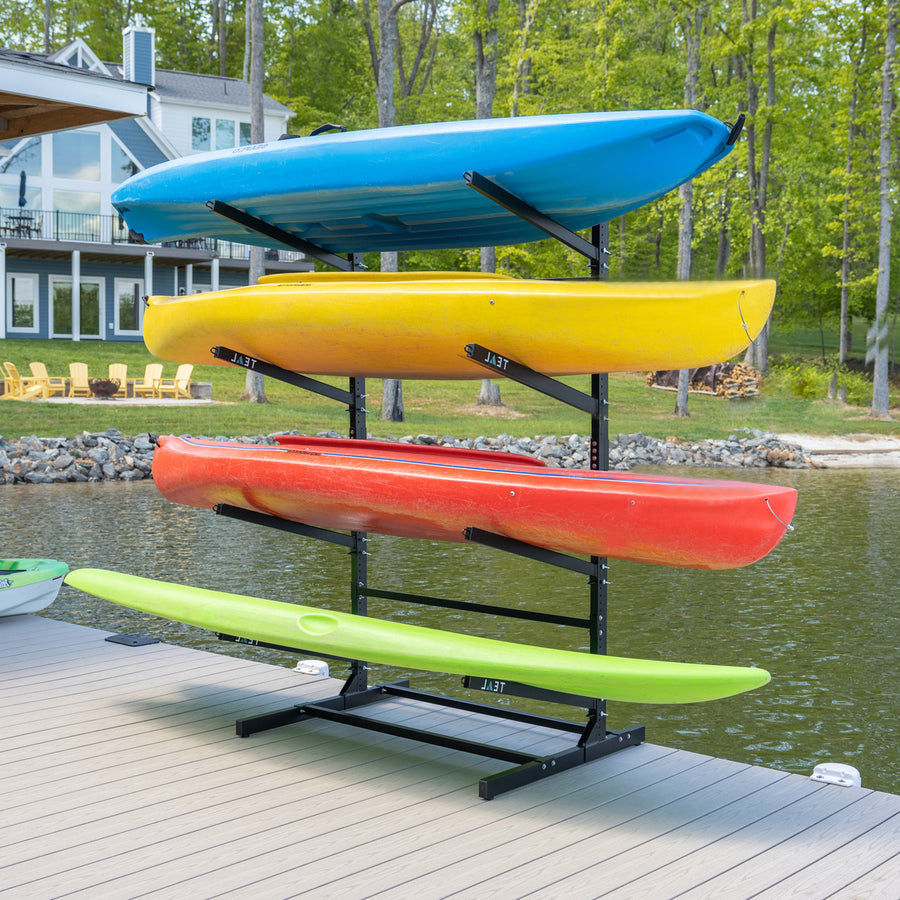Skateboards of the Future
How will futuristic advances in technology affect skateboarding? The first skateboards were simple wood and wheel constructions. Today’s skateboards are more sophisticated designs, but they are still constructed in essentially the same manner. Skateboards of the future will continue these refinements, and also incorporate futuristic technology, such as solar power and the ability to hover, as it is developed.
There are two main ways that many believe that skateboards will evolve; these are motorized skateboards and hover boards. Though these designs are likely a ways off, many believe that they will eventually be possible. Advances in technology will affect skateboarding as they will affect many other products, by making features available that today we only dream of.
There is already talk about solar powered skateboards. These skateboards could be wrapped in thin film solar panels and left in the sun to charge. A traditional motor could also be used, though many believe that this additional weight will badly affect the board’s use. Motorized skateboards could be the next step in technology, particularly for those who use their skateboards mainly for transportation.
Hover boards, or flying skateboards, would be shaped like a skateboard deck, but would not require trucks or wheels for propulsion. As seen in the “Back to the Future” movies, this board would simply fly through the air, about a foot away from the ground. Along with flying cars, this technology has been featured in sci fi movies depicting the future for decades. They have been on the drawing board for years, but the technology is not yet available to produce such boards, though many have tried.
This technology is likely further into the future than the technology for motorized skateboards, but many have envisioned what these futuristic devices would look like. The designs for such boards rely on complex concepts of physics, aerodynamics, and engineering. For example, the hoverboards could work using air blowing underneath, like a hover craft. They could also work on anti-gravity devices that have not yet been invented. The key is to make this skateboard as fully controllable as the wheeled versions of today; difficulties also lie in the skateboard’s size relative to the weight it needs to carry. Because of the wearer’s weight, hover boards are very top-heavy, and would be likely to tip over. All of these are issues that still need to be worked out as the hover technology develops.
One futuristic advance that is just on the horizon is changes in the way today’s skateboards are constructed. New materials are being incorporated into skateboard design as they are into everything else. Although maple plywood is still the preferred material for skateboard decks, this is almost sure to change as new materials are developed.
With all of these technological advancements, there’s no telling where the future of skateboarding competitions will lead. Will competitions be held on motorized and hover skateboards? It is unlikely that regular boards will become obsolete as skaters switch to these new versions, but skaters have proven likely to quickly adopt any new technological changes in their boards. Only time will tell what the future’s skateboards will look like.

